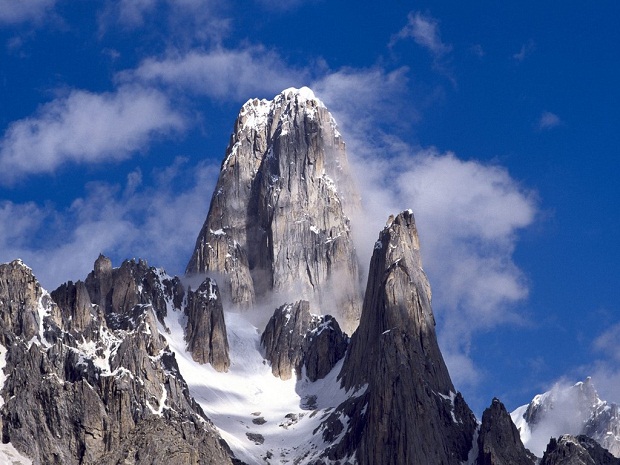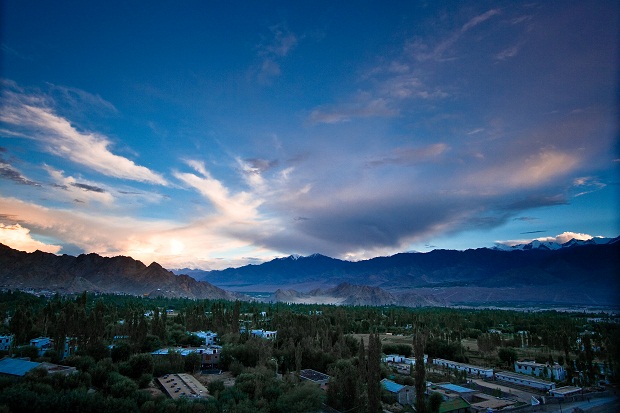
The youngest of the world’s mountain ranges, the Himalayas, are also the highest. The Himalayan Mountains have been divided into three parts: Greater Himalayas, Middle Himalayas, and Lower Himalayas, depending on their location and height. The Himalayan ranges are the bed of some great rivers such as the Ganges, the Yamuna, Brahamputra, Sutlej, Ravi and Chenab. The Himalayas are made up of several mountain ranges , such as Pir Panjal, Dhauladhar, Ladakh, Zanskar, Shivalik, and Karakoram.
All of them are rich in flora and fauna and contribute to the formation of some rivers that are "fed" by snow, Pir Panjal is in the Middle Himalayas. It extends over an area of 3,574 square kilometers and has an altitude of 6,500 meters. Pir Panjal spans the northern states of Jammu and Kashmir and Himachal Pradesh in India. Tattakoti is the highest mountain with a height of 15,524 feet above sea level. 
Dhauladhar, is also known as the Lesser Outer Himalayas. It begins in Dalhousie in Himachal Pradesh and ends in Badrinath in Uttarakhand. It is characterized by rocky dark granite peaks, which remain covered with snow for most of the year. Its altitude ranges between 3,500 and 6,000 meters above sea level.
They are the peaks preferred by those who love mountaineering and trekking. Ladakh is located at an altitude of 6,100 meters above sea level in Jammu and Kashmir. The highest passable road in the world, Khardungla , has an altitude of 5,606 meters above sea level.
